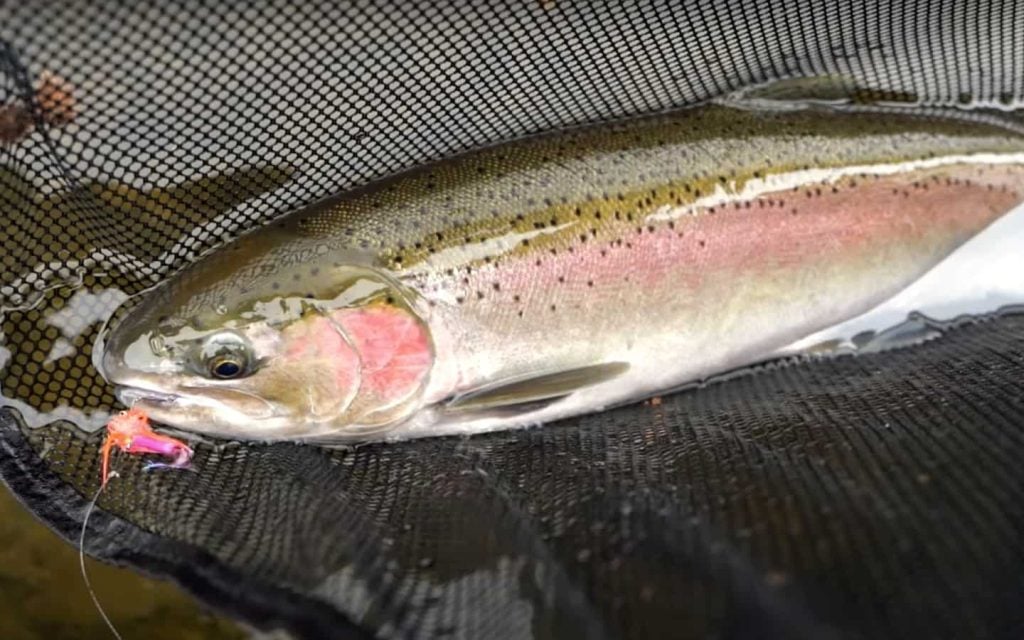

Again within the Nineties, salmon and steelhead returning to the Columbia River Basin averaged simply over a million fish per 12 months, in response to Oregon Public Broadcasting. That features all 5 species of Pacific salmon, and steelhead. The present 10-year rolling common is 2.3 million fish per 12 months, which is definitely higher than virtually 30 years in the past, however nonetheless far under the historic runs for the basin, which noticed 15 to twenty million fish returning yearly.
Whereas there’s nonetheless a lot to do with a purpose to preserve anadromous-fish populations, the 2025 winter and spring steelhead seasons look promising in quite a few areas.
The Idaho Division of Fish & Recreation (IDFG) just announced that greater than 100,000 steelhead have crossed the Decrease Granite Dam, which suggests the fish will probably be plentiful within the higher Salmon and Clearwater River drainages. The leisure steelhead fishery in Idaho ought to be glorious this 12 months. Nonetheless, roughly 82,000 fish returning to Idaho got here from hatcheries, according to IDFG. Hatcheries are identified to have a detrimental impact on wild-fish genetics.
In actual fact, as soon as hatchery winter steelhead have been outlawed on the Skagit and Sauk Rivers in Washington, wild steelhead returns jumped into the 8,000 to 9,000 fish vary, a rise from the typical of simply over 6,000 in prior years.
Talking of the Skagit and Sauk—simply over 7,000 fish are projected to return to those rivers, in response to the Washington Department of Fish and Wildlife (WDFW). This quantity will enable a leisure fishery on these well-known rivers for the second consecutive 12 months. Each the 2020 and 2022 seasons by no means opened as a consequence of runs that didn’t attain the 4,001-fish mark required.
Nonetheless, the temper about steelhead feels optimistic proper now. The Northwest Energy and Conservation Council (NPCC), which works to protect salmon and steelhead all through the Columbia River Basin, set a objective for five million fish to return to the basin by 2025.
“Whereas the rolling common from the final 10 years remains to be about 50% decrease than the numbers that NWPCC want to see, it does level to success from conservation efforts alongside the river,” wrote Nika Bartoo-Smith for Oregon Public Broadcasting. “That many returning fish is an enchancment from the Nineties when the typical dipped to its lowest for the reason that starting of this system.”
Extra definitely must occur with a purpose to guarantee the way forward for salmon and steelhead within the area, however a run of fine seasons ought to be trigger for some optimism.
Trending Merchandise











